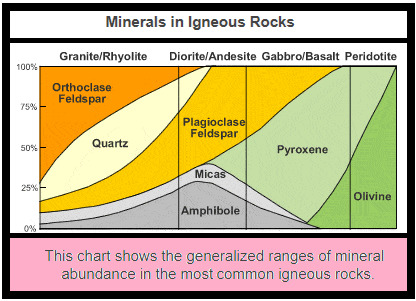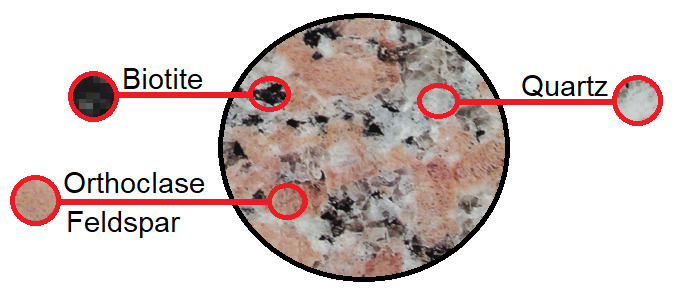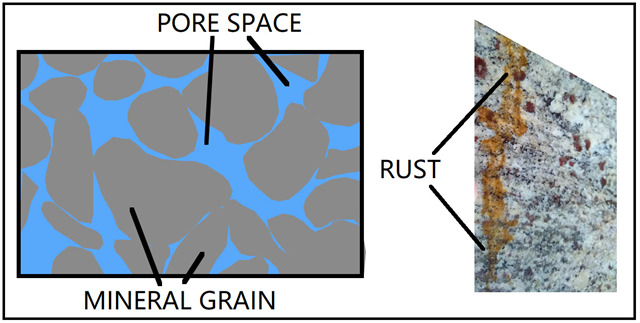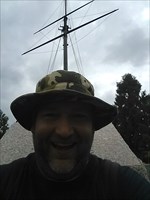This is an Earthcache – as such, there is no physical cache. Instead, after examining the Texas granite of the Pride of Baltimore Monument at the posted coordinates, you will answer 4 questions, and message me the answers. This memorial is located in Baltimore Inner Harbor and placed with Permission. Please be respectful of the memorial.

PRIDE OF BALTIMORE MEMORIAL:
Launched in 1977, the Pride of Baltimore was a goodwill ambassador ship for the City of Baltimore that traveled the world sharing Baltimore’s rich maritime history and promote Maryland’s vibrant economic development opportunities. On May 14,1986 the ship and 4 crew members where was lost at sea when storm brought it down 240 miles north of Puerto Rico.
This memorial was designed by former crewmember Dave Jenkins. Construction of this memorial took seven weeks, with the Texas Red Granite being quarried after construction began. On the two-year anniversary the sinking of the Pride of Baltimore, about 100 people gathered here on Rash Field to dedicate this memorial in its memory. During the dedication, then Representee Helen Delich Bentley said “The memorial was for “all who sailed from Baltimore.”
RED GRANITE
Granite is a sturdy, hard, pyrogenic rock that is present in the earths crust. It is medium to coarse grained rock that is made up of different minerals, mostly feldspar and quartz. Granite comes in a range of colors, largely white, pink, black, and gray.

Texas Granite is considered to be an igneous intrusive rock. Igneous rocks are formed when molten rock or lava cools down and hardens. The term “intrusive” means the rock coagulated beneath the Earth’s surface from cooling magma. Rocks that cool from lava on the surface are considered Extrusive.
Orthoclase is a feldspar mineral that has a chemical composition of KAlSi3O8, and it is one of the most abundant rock forming minerals that make up the continental crust.

The mineral orthoclase is most widely known as the pink feldspar found in many granites. The pinker or redder the color of the stone, the larger the amount of orthoclase feldspar is in the granite.

The light colored crystals are of quartz and feldspar, and the dark crystals are mica or hornblende. These crystals are mixed in the rock giving it a salt and pepper look. In fact, the name "granite" is derived from the fact that the rock appears to be composed of numerous "grains" or crystals that are intergrown to form a solid, durable rock.
Granite is relatively impervious to water and is only minimally absorbent. That’s one of the reasons it is such a popular choice for building exteriors all over the world. All igneous rocks are porous, and granite is no exception.

The porosity of stone is the measure of tiny, open spaces on its surface, and it is measured in a percentage based on the volume of these holes. A high-porosity percentage means your natural stone has more tiny holes in it and vice versa. In short, porosity refers to the void spaces on surfaces. Granite can stain, but it’s not very common. Rust stains can be caused by rusting metal absorbing into the surface of the stone, or from occur due to iron oxidizing with the granite.
LOGGING REQUIREMENTS:
To log this Earthcache: Read the geology lesson above. Answer all four questions posted below. Answers for 1-4 can be sent via e-mail or messenger contacts on my Geocaching profile. Group answers are fine, just make sure to note who is in your group.
QUESTION 1. Do intrusive igneous rocks form from LAVA or MAGMA?
QUESTION 2. What gives this rock it's red color?
A) Biotite
B) Orthoclase Feldspar
C) Quartz
QUESTION 3. Look closely at an unpolished section of the Texas Granite with clear grains. Using the Minerals in Igneous Rocks chart, would you say the range of Orthoclase Feldspar is:
A) 75% to 100% Mostly red Orthoclase Feldspar with barely any minerals showing.
B) 50% to 75% A more even "salt & pepper" mixture of Orthoclase Feldspar and Quartz.
C) 0% to 50% Rock is a majority of other Minerals and less Orthoclase Feldspar and Quartz.
QUESTION 4. Were the rust stains on the memorial caused by rusting metal on top of the granite absorbing into the stone or was the rust due to the iron oxidizing from within the granite?
OPTIONAL PHOTO: Posting a photo that readily indicates that you (and anyone else logging the find) are at the location.

 Awesnap has earned GSA's highest level:
Awesnap has earned GSA's highest level:

REFERENCES:
1. Mast Unveiled as Pride Memorial, Associated Press, The Star-Democrat, Monday, May 16, 1988, Page 3A, newspapers.com
2. Geology of Texas,Ferring, C. Reid (2007), The Geology of Texas
3. Texas Pink Granite: Its Formation and Use in the State Capitol, Athena Hessong (October 16, 2017), https://texashillcountry.com